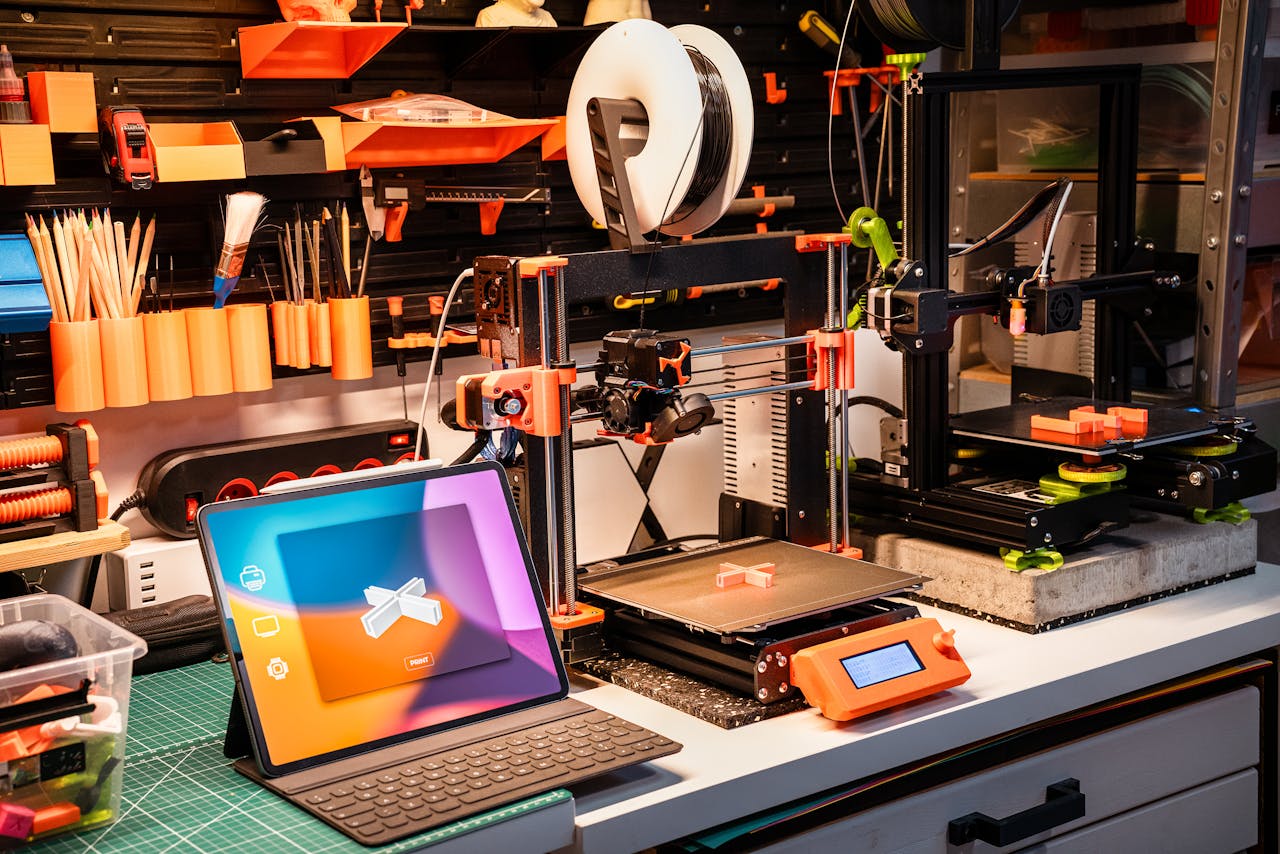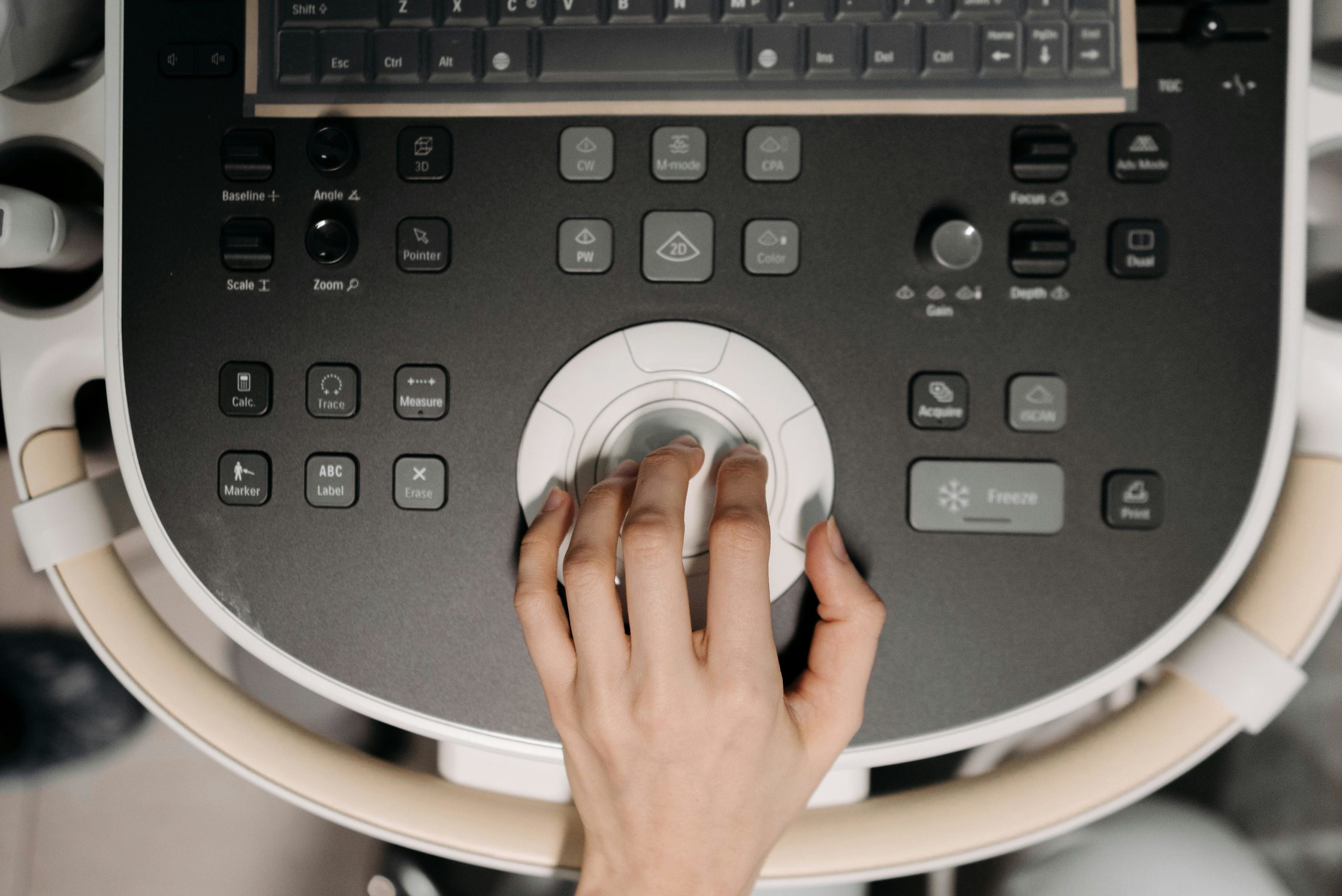Project Summary
In many low-resource settings, neonatal jaundice remains a leading cause of preventable infant mortality. Access to effective phototherapy is limited due to high costs, energy constraints, and maintenance challenges. To address this gap, the International Institute for Accessible Technology (IIAT) is co-developing a low-cost, modular phototherapy unit tailored to the realities of clinical use in sub-Saharan Africa.
The Challenge
Commercial phototherapy devices are often inaccessible to hospitals and clinics in the Global South — not only because of their high cost, but also because they are difficult to maintain, repair, or adapt to local infrastructure. Traditional solutions often assume steady power, sterile storage, and rapid access to spare parts — conditions rarely guaranteed in many neonatal wards across the region.
Our Approach
Rather than importing a pre-made device, we pursued a collaborative engineering model:
- Developed jointly with Marien Ngouabi University and the Congolese Foundation for Medical Research (FCRM)
- Designed for local repairability, component-level customization, and energy efficiency
- Informed by clinical input, student feedback, and infrastructure constraints from our Congolese partners
The prototype integrates LED-based phototherapy with a design optimized for low power use, durability, and modular construction — enabling local technicians to maintain and adapt the device without dependence on external suppliers.
Collaboration and Capacity Building
This project is not just about the technology — it’s about building long-term capability. We are currently supporting four Master’s students in Brazzaville, embedded in the project through biomedical engineering research. Their work contributes directly to refinement, usability testing, and potential scale-up pathways — empowering them as the next generation of medical innovators in the region.
Our collaborative framework enables remote teams across institutions to work in sync — sharing specifications, feedback, and iterations in real time. This allows us to rapidly refine the design based on lived experience without losing technical integrity.
Where We Are Now
With early-stage funding from University College London (UCL) and support from the Geneva-based NGO Scientia Education, the first field-ready prototype is undergoing technical validation. Pilot deployment is anticipated in clinical settings in Brazzaville in late 2025.
This marks the first step in a broader ambition: to create a replicable model for context-sensitive, community-embedded medical innovation, beginning with neonatal care and expanding to diagnostic and maternal health tools.
Looking Ahead
As we move toward field testing, we are actively seeking partnerships with universities, hospitals, and innovation hubs across Africa interested in:
- Collaborative testing and feedback
- Local manufacturing pilots
- Integration into biomedical engineering curricula
If you’re working at the intersection of healthcare, innovation, and equity — let’s build something together.
📩 Interested in Collaborating?
Reach out at info@accessible-tech.ch to learn more, join a pilot site, or support the initiative.



